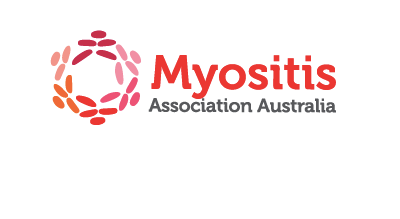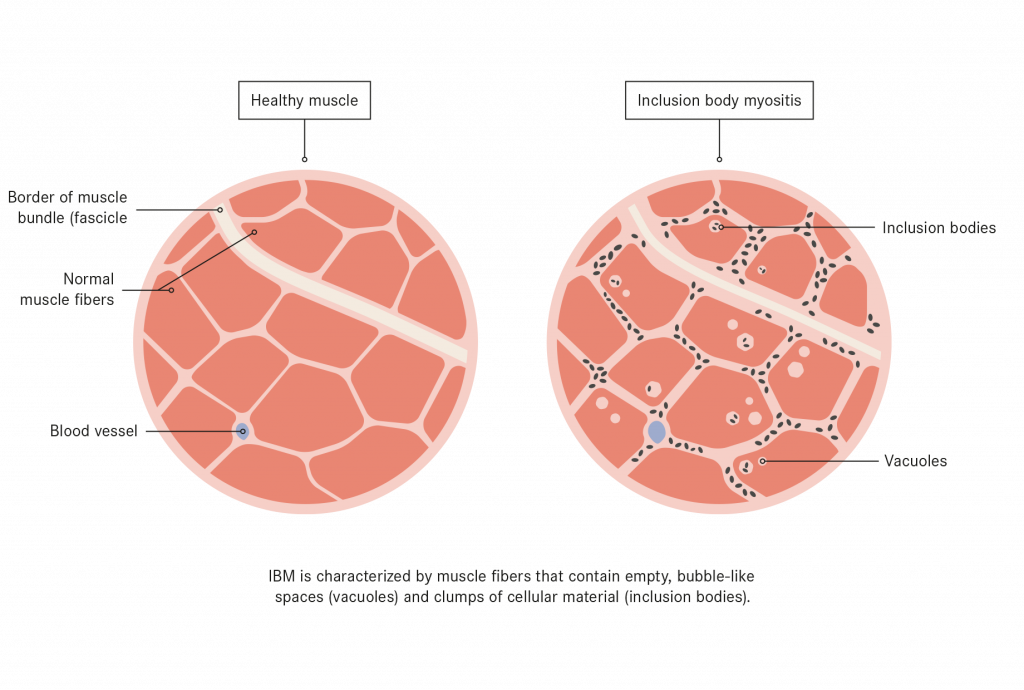Seek medical advice
If you’re experiencing Myositis symptoms or have any concerns about your overall health and wellbeing, it’s important to speak to your GP or health professional.
If you are very weak, in extreme pain or feeling unusually unwell, urgent medical care may be required due to the aggressive nature of the attack which can occur on the muscles putting limbs or even our lives at risk.
Because of its rare nature, some health professionals are unfamiliar with Myositis, For the assistance of our members, we have put together a panel of medical and allied health professionals who have experience in advising people living with Myositis. It’s one of many membership benefits we offer.
The information above is intended as a general guide to help you understand Myositis. It is not provided as medical advice or intended as a substitute for your practitioner’s advice.

